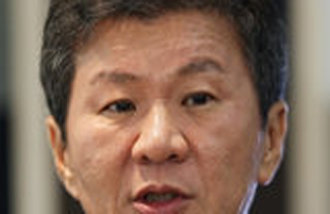[Opinion] Schrödingers Cat
Accompanying a cat inside a box are a bottle of cyanic acid and a piece of radioactive material. As the radioactive atoms burst, the cat is poisoned to death by the acid. If the atoms do not decay, the cat survives. No one knows what will happen in the box. This is the cat paradox proposed by Erwin Schrödinger, a recipient of the Nobel Prize in Physics and an authoritative figure in quantum mechanics.
A cat that is alive and dead at the same time refers to a status of superposition in a micro-world. Erwin Schrödinger proposed such a thought-invoking experiment to explain that such a cat cannot exist. In existing quantum mechanics, particles have properties of waves, so they do not remain in one spot at a time; rather, they exist in various places. However, Schrödinger argued that a cat is definitely either alive or dead, so particles therefore cannot be dispersed in various places.
This complicated controversy started due to the strange features of electrons. These days, even a middle school student knows electrons have two properties: particles and waves. Electrons normally exist as waves, but under the eyes of an observer, they turn into particles. As such, in quantum mechanics theory, the world exists within a formula of probability, and depending on the intervention of observers, various dimensions of the world may exist. In addition, against this backdrop comes the science fiction construct of alternate realities in different times and spaces.
Doctor Jeong Hyeon-seok, a Korean researcher at Queensland University in Australia, produced a cat of Schrödinger that only existed in a thought-invoking experiment along with French researchers. Researchers generated photons, divided the photonic beams into two, and enabled the appearance of photons on one hand through a special optical measure on the other. This paper posted in the science magazine Nature amazed scientists in that such superposition on the micro-world level was proven to be possible in the macro-world. I am proud that a Korean untangled the fundamental theory of quantum mechanics, another axis of significance in the modern physics along with the theory of relativity.
Chung Sung-hee, Editorial Writer, shchung@donga.com







